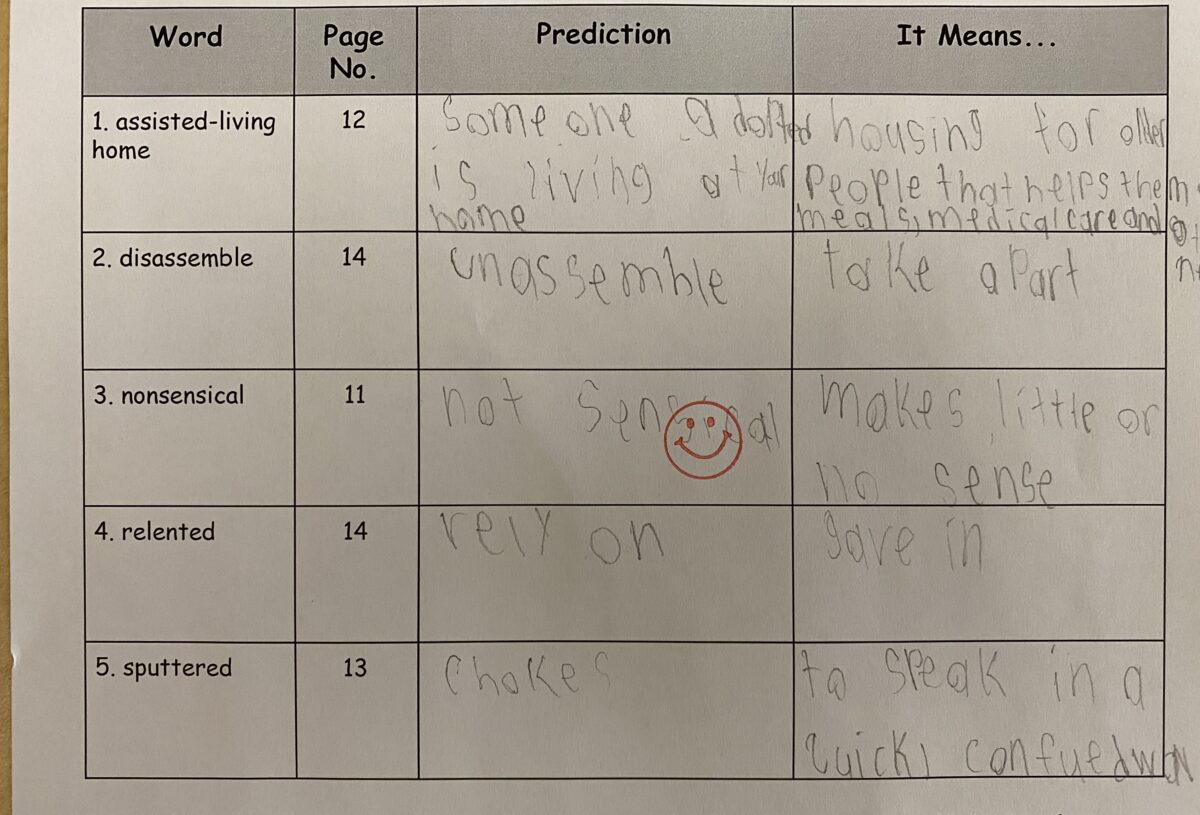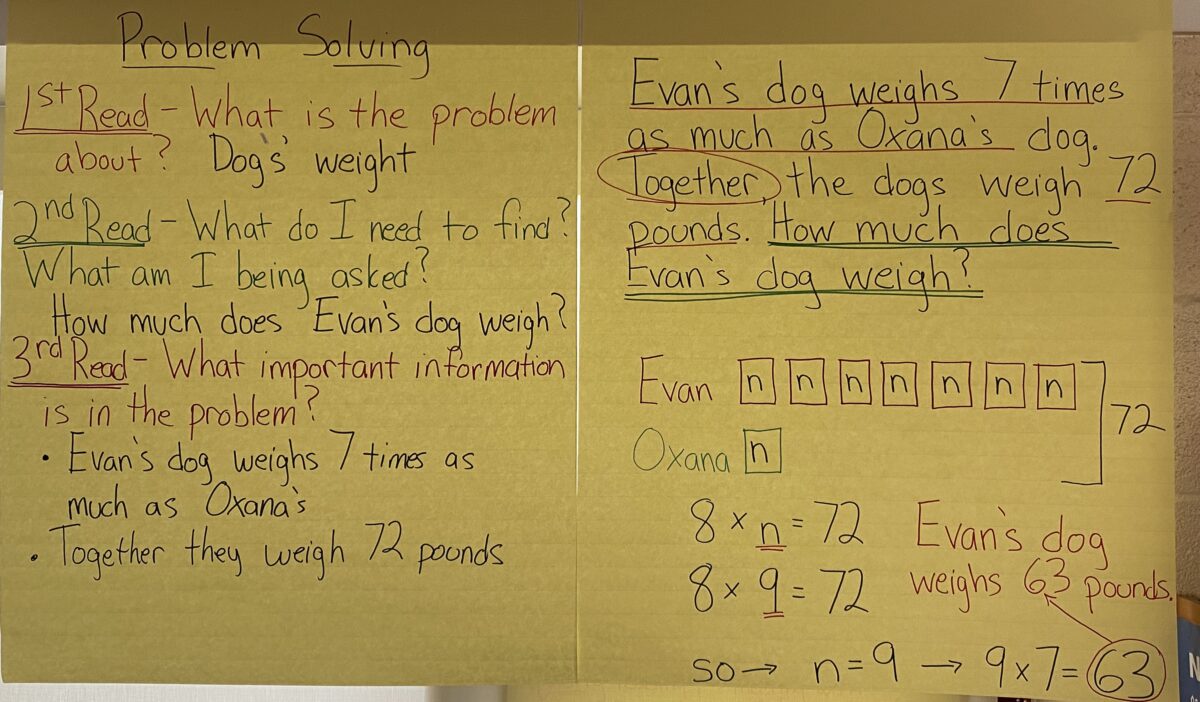A few years ago I was sitting at my daughter’s swim lesson and struck up a conversation with a very nice lady sitting next to me. She told me she was a retired teacher, and we shared stories about life in the classroom. I told her I switched professions because I wanted to make a difference.
What made me think of this encounter was an article I read recently about the importance of teacher-student relationships. I could tell in that brief interaction that this woman was a phenomenal teacher and probably had life-changing relationships with students. I wasn’t really sure how I knew that, but I did. We’ll get back to her in a minute.
Recently a colleague asked if I could touch base with one of her students. She told me he could use another positive relationship at school. So, eventually this student started coming over to my room at the end of the day to play chess with me. He didn’t know how to play, so we used the beginner’s board pictured at the top of the post.
The first few times we played, we barely talked. I wasn’t sure if it was because he didn’t want to talk or was just using all his energy to learn the game. He kept coming over to my room at the end of the day, so I figured he was enjoying the time. After a couple weeks he started to talk more during our matches. He would wave to me in the hallway and even stop by in the morning to say hello. Then one day, I was in the cafeteria, and he came all the way across the room to give a fist bump. He had a huge smile on his face and said, “Hi, Mr. Rashid.” Maybe our simple 5 minutes of chess at the end of the day meant more to him than I realized.
I don’t just value student-teacher relationships because I’ve read the research showing their importance. I value student-teacher relationships because I know first hand how important those relationships are to a struggling student.
I moved around a lot as a kid – four elementary schools between kindergarten and fifth grade. It was tough, and the last move was halfway through fifth grade. We moved from a community that I absolutely loved and was devastated to leave. The last half of fifth grade in my new school felt like wearing a pair of shoes that didn’t fit.
Over the summer I was pretty down about returning to school and was dreading the first day of sixth grade. Then, I walked into Mrs. Davis’s sixth grade class at Paxtang Elementary School. To say Mrs. Davis had a greater impact on my life than any teacher I’ve ever had would be a colossal understatement. I can think of only a handful of people who have had a greater impact on my life, like my parents, wife, and daughter. In fact, Mrs. Davis is one of only four people who called me Michael. I prefer Mike, but I didn’t mind. It became common, even comfortable, to hear her call me that for the better part of a year.
Mrs. Davis made me feel at home in my new school, in my new community. She was always so caring and compassionate. She knew school wasn’t a strength for me and always made me feel supported and successful around other students.
There is one day in her class I will always remember. I was extremely nervous about an assignment we were completing. I’m not sure how she sensed that anxiety, but she came over and asked me if I was okay. I reluctantly told her I was nervous and not sure I was capable of completing it. I can still feel the sensation in my eyes as they started to water. Mrs. Davis gave me a hug and said, “Michael, I know that you can do this. I will never ask you to do anything I know you can’t do.” I’m sure to her it was just one of the many things she did over her career to make a student feel comfortable, but to me it was the most important thing any teacher ever said to me. From that moment, and for the first time in school, I believed in myself academically. To this day, more than thirty years later, when anything is academically challenging, I hear “Michael, I know you can do this.”
That’s what I hope to be for students – somebody who believes in them. Somebody who inspires them. Somebody who makes them believe anything is possible, just like Mrs. Davis did for me.
Which brings us back to the pool and my daughter’s swim lesson. I finally asked the lady sitting next to me where she taught. She mentioned some schools where she was a teacher and administrator. Then she smiled at me and said, “And I taught sixth grade at Paxtang Elementary School.” My mouth practically dropped to the wet, tiled floor. “It’s great to see you again, Michael.”
I wish I had told Mrs. Davis right then how much she did for me and meant to me. Then again, I have a feeling she already knows.







